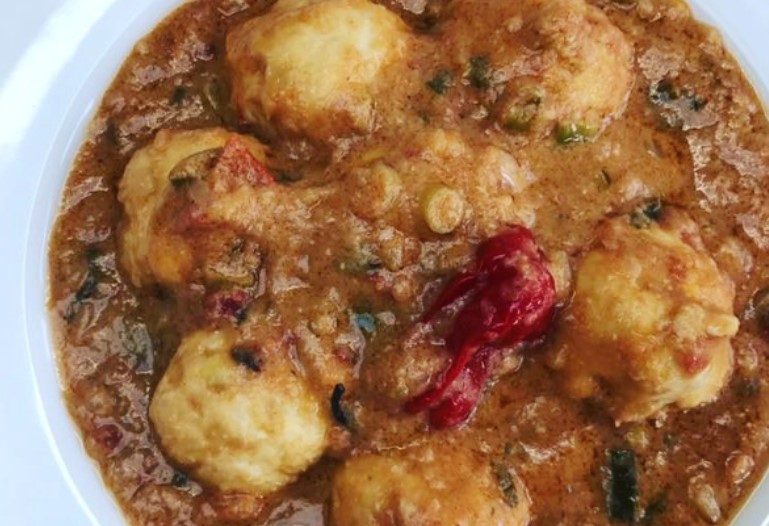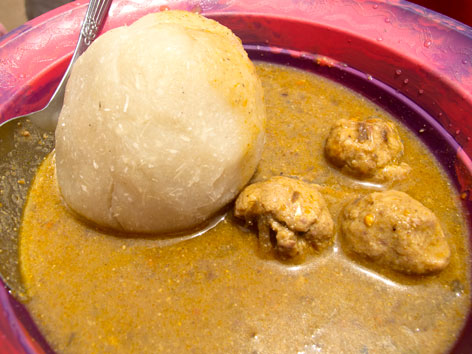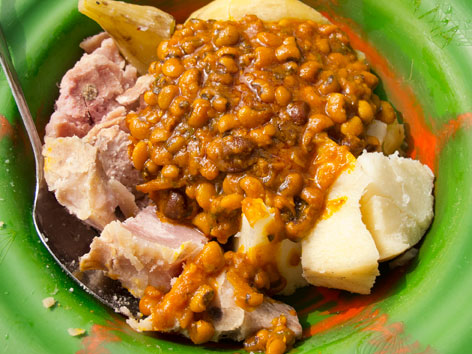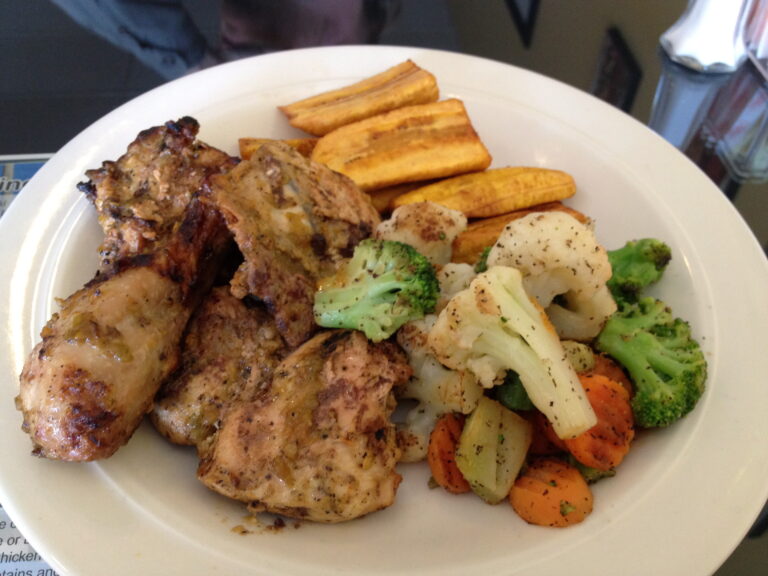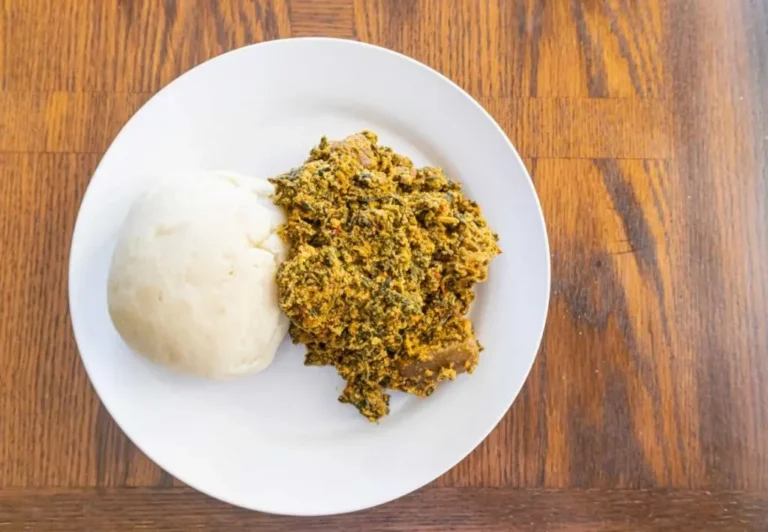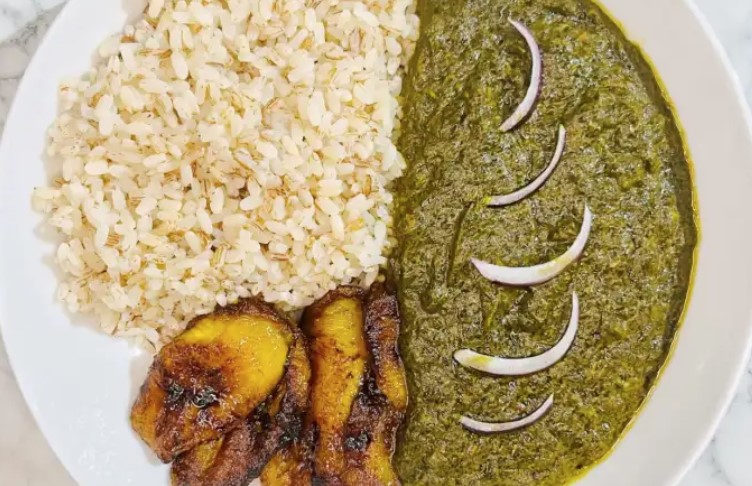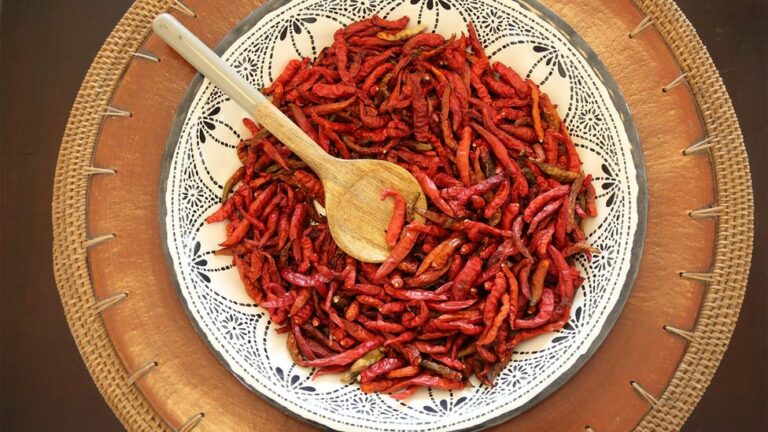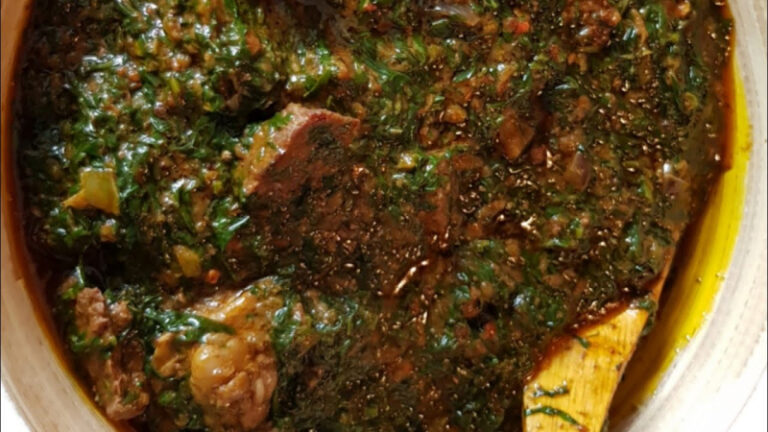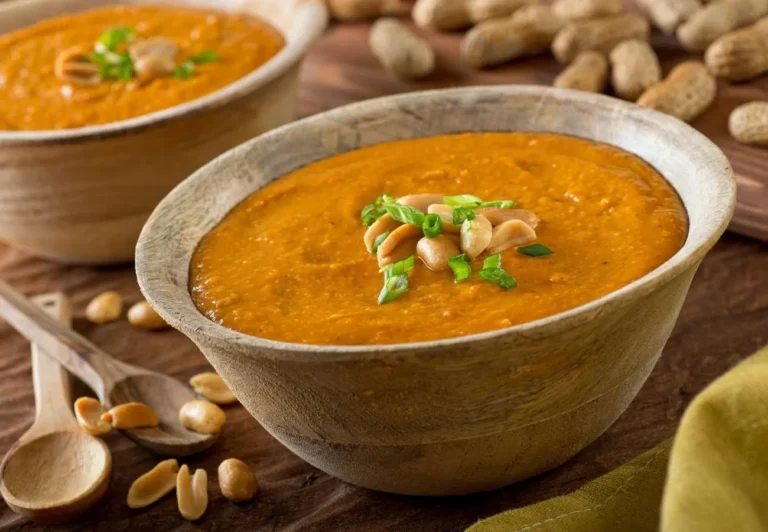Introduction: Local Food Customs in Sierra Leone
Sierra Leone is a country in West Africa that is rich in cultural and culinary tradition. The local food customs in Sierra Leone are diverse, reflecting the country’s varied ethnic groups and their unique culinary traditions. Sierra Leonean cuisine is characterized by rice as the main staple food, accompanied by a variety of soups, stews, and sauces made from different types of meats, vegetables, and spices.
Traditional Sierra Leonean Foods to Try
Some of the traditional Sierra Leonean foods to try when visiting the country include jollof rice, cassava leaves stew, groundnut stew, and palm oil stew. Jollof rice is a popular West African dish made with rice, tomato sauce, and spices. Cassava leaves stew is made with cassava leaves, palm oil, and any meat of your choice. Groundnut stew is a peanut-based sauce that is served with rice, fufu or bread. Palm oil stew, as the name suggests, is a stew made from palm oil and is often served with fish or meat.
Dining Etiquettes to Observe in Sierra Leone
It’s essential to observe dining etiquettes while in Sierra Leone to avoid offending locals. When dining with Sierra Leoneans, it’s customary to wash your hands before and after eating. It is also polite to wait for the host to invite you to eat before beginning any meal. Furthermore, it’s considered impolite to refuse food offered to you by the host, as this is seen as a sign of disrespect.
Table Manners and Gestures in Sierra Leone
Table manners in Sierra Leone are essential and serve as a way of showing respect to the host and other guests. It’s considered rude to eat with your left hand, as it’s believed to be unclean. Instead, use your right hand, and avoid pointing or gesturing with your fingers while eating. Additionally, when eating, it’s customary to keep your eyes down or averted from other people at the table.
Eating Habits and Culinary Traditions of Sierra Leoneans
Sierra Leoneans place a lot of importance on food, as it is seen as a way of bringing people together and fostering community. Many Sierra Leoneans prefer their food to be cooked fresh and eaten on the same day. It’s also common to share food with others, especially at social gatherings like weddings and funerals.
Tips for Enjoying Sierra Leonean Cuisine and Culture
To fully enjoy Sierra Leonean cuisine and culture, it’s important to be open-minded and willing to try new things. Don’t be afraid to ask locals about their favorite dishes and the best places to eat. Remember to observe dining etiquettes and table manners, and show respect for the local customs and traditions. By doing so, you’ll have a more enjoyable and memorable experience in Sierra Leone.

